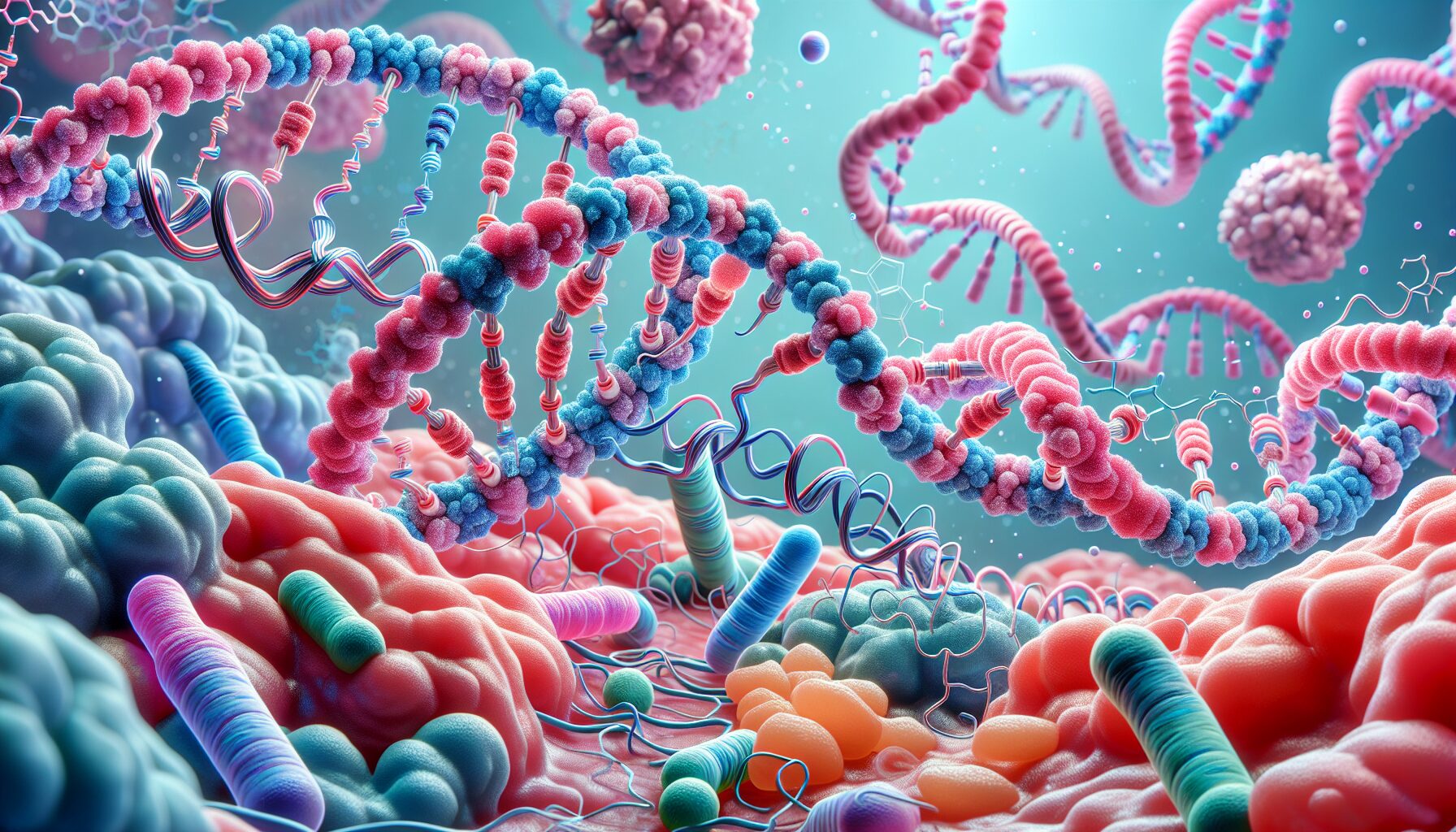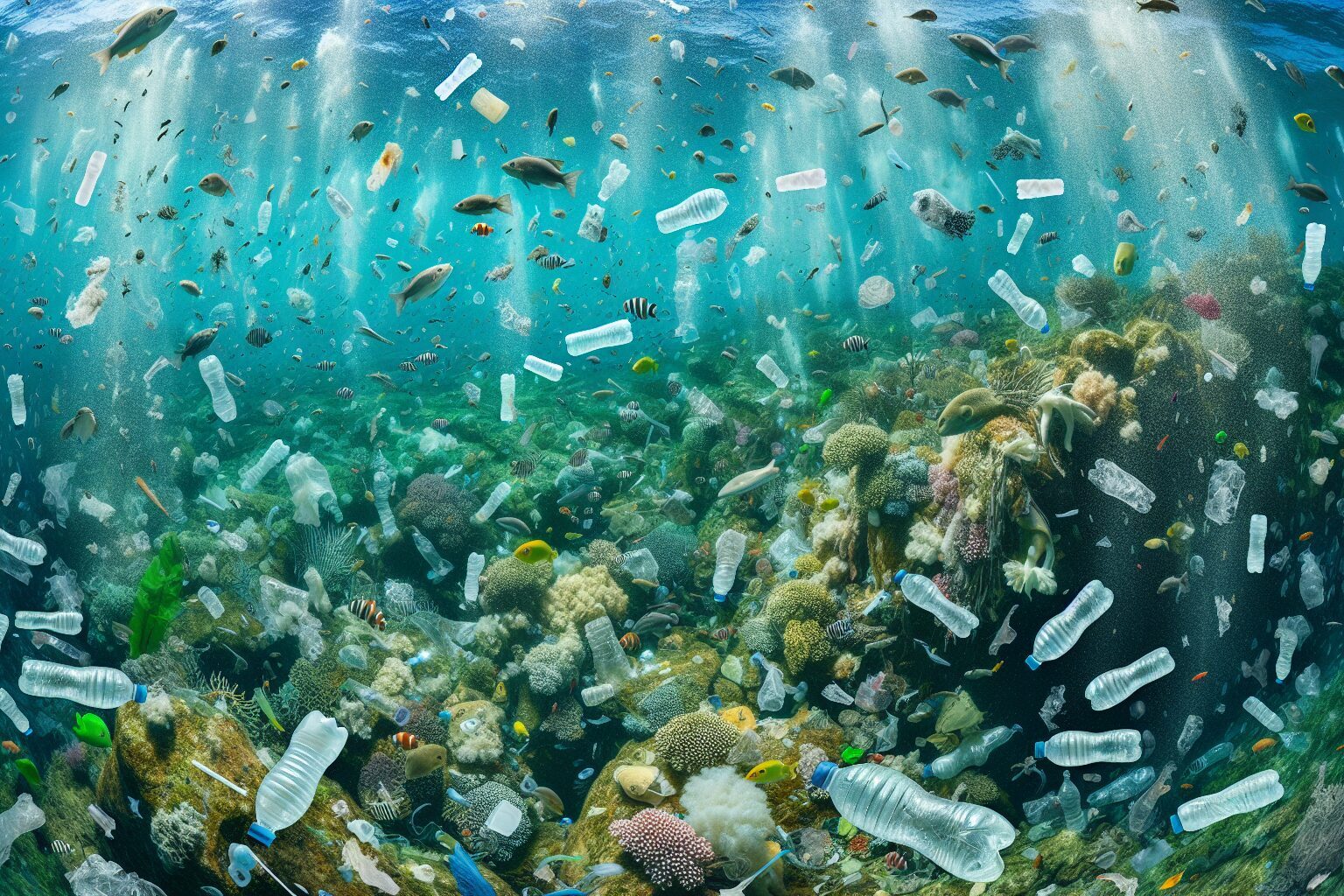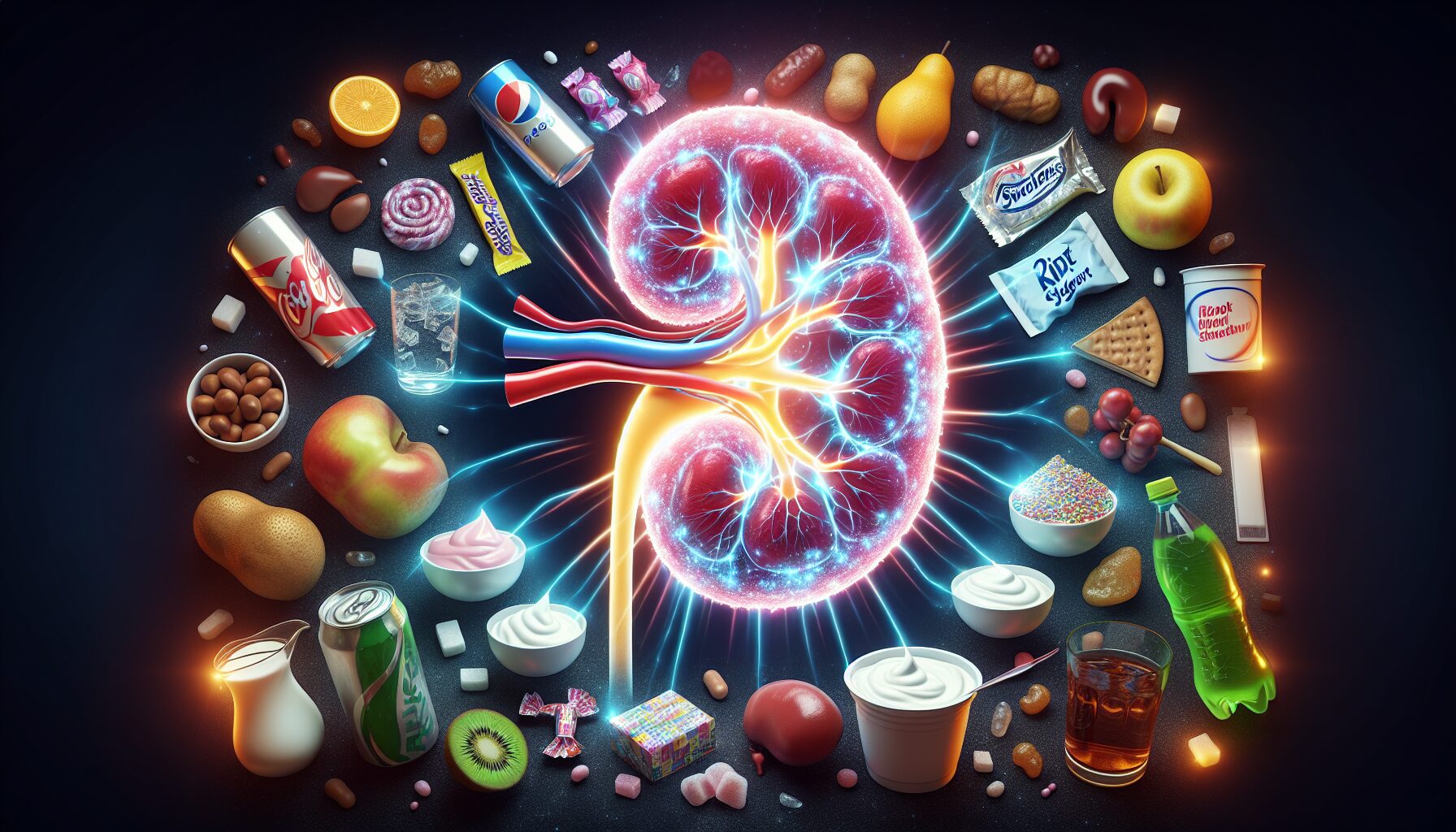
Microplastic Endocrine Disruption : Microplastics And Hormones
Microplastics are now recognised to have consequential effects on our hormones and microplastic endocrine disruption is an emerging health issue. This was once a controversial topic in research.
The full spectrum of health effects from microplastics are becoming understood. Microplastic pollution and the consequential health effects of microplastics have gained significant attention from the public. Plastic pollution is considered to be a significant global problem. Increases in plastic production year on year mean that this issue is only going to get worse.
Plastics have been instrumental in forging the advancement of society. Often consequences of significant technological advancements are unknown until much later on and each generation confronts its own societal health issues. This is why we don’t see things like occupational chimney sweeps and asbestos use anymore.
Microplastics may affect oxidative stress and DNA synthesis within vital organs causing a wide range of potential health consequences our bodies.
In this article, the effects of microplastic endocrine disruption and consequences of microplastics for our hormones will be considered.

Microplastics
Microplastics are the consequence of the modern societal technological advances that resulted in manmade plastics. They are plastic particles in the range of 0.1 and 5000 µm in size. Microplastics are mainly produced through the breakdown of larger plastics from natural processes and environmental degradation.
Because of their size they are able to interact with life. This means they have the potential to cause consequences to life and the wider environment as unnatural toxins. While many studies address the presence of microplastics in water or the oceans they are also a widespread occurrence in foods. Much of this is due to ocean organisms that consume microplastics. Human exposure to microplastics occurs mainly through microplastic ingestion, inhalation and skin contact.
Microplastics come in various shapes, sizes and colours. Some usual components of microplastics include manmade polymers such as polyethylene, polystyrene and polyethylene terephthalate. These microplastics can be combined with compounds such as bisphenols, phthalates and other organic molecules. Microplastics are considered to be toxic but gain added toxicity in combination with these sorts of molecules.
Microplastics are able to interfere with the growth of phytoplankton and cause organ damage in some species of ocean fish that accidentally consume microplastics. Changes in metabolism and behaviour have been noted in some fish. This shows that microplastics can disrupt whole ecosystems and food chains. These are the first sorts of indications that these compounds are bad for human health. The extensive use of plastics in every life has made microplastic endocrine disruption and effects of microplastics on hormones top concerns for many health researchers.

Health Effects Of Microplastics
Studies have shown the plastic microparticles can be taken up by cells where they can cause damage. Microplastics are able to cause build ups of oxidative stress within the body from reactive oxygen species. This the main cause of microplastic toxicity.
Microplastic oxidative stress and toxicity depends on the size of the plastic particles. Oxidative stress is a major cause of the cellular consequences of microplastics. Cellular health effects from microplastics can include DNA damage, cell membrane disruption or fatty acid oxidation, mitochondrial dysfunction, telomere shortening and inflammation.
Reductions in antioxidant defences and oxidative stress generation from plastic microparticles could be cancerous or cause genetic methylation.
Because of effects within cells and their organs microplastics can have severe consequences for our overall health. They can contribute to health conditions like cancer or heart disease. Build ups in oxidative stress also mean that microplastics could contribute significantly to pollutant accelerated aging. This is much in the same way that heavy metals can influence human lifespan.
You may not immediately associate environmental pollutant exposure with ageing but they are able to accelerate the cellular ageing process. This includes airborne pollutants that accelerate inflammatory oxidative stress in the body.
Inhalation of microplastics disrupts lung vessels and membranes which can increase inflammatory responses in the lungs. The build up of oxidative stress in the lungs can lead to severe lung dysfunction and lung diseases.
Other studies have indicated that the consumption of microplastics affects the central nervous system, gut health, liver or metabolic function and reproductive capabilities. Polyethylene microparticles have been found in artery plaques that increase risk of stoke or heart problems. Brain accumulation of microplastics is linked to dementia.

Microplastics And Endocrine Disruption
One of the most concerning health consequences of microplastic use is endocrine disruption. Microplastics can accumulate in body tissues and this makes them more concerning for our health.
Our endocrine system consists of various hormones that are carefully regulated. These maintain things like sugar intake through insulin and reproductive health via testosterone production. Steroid and thyroid hormones regulate things like mood, metabolism, development, growth and tissue function. The adrenal glands are also part of the endocrine system. They regulate metabolism, stress and blood pressure responses.
Endocrine disruptors mimic or block the functions of our hormones. Through these actions they interfere with hormonal functioning. They are then able to compromise health aspects such as fertility. Microplastic and nanoplastic complexes are recognised for their potential as direct endocrine disruptors. They can also indirectly influence the endocrine system because of secondary properties.
Microplastics have been shown to disrupt the hormones that communicate between the hypothalamus and pituitary glands. They may also have direct effects on the hormonal signalling of the thyroid and sex organs. This includes the testes and ovaries. Some of the described health consequences of plastic microparticle endocrine disruption include increased oxidative stress, nerve cell toxicity, build ups in reproductive toxicity and developmental abnormalities.
On closer examination some studies found changes in the production of key hormones. Plastic microparticles have been shown to lower levels of luteinizing hormone and testosterone. This shows how plastic microparticles can disrupt sex related hormones within the endocrine system. A study showed that build ups of plastic nanoparticles and microparticles may also significantly disrupt antioxidant levels within the body. This is consistent their endocrine disrupting role and known toxicity.

Microplastics And Sex Hormones
Oxidative stress influences male and female sex cell production or their fertilization. Increases in oxidative stress are linked with infertility. That can happen with lowered antioxidant levels.
Many studies recognise microplastics as being damaging for the reproductive system. They also show that they can accumulate in the gonads and some were seen to accelerate female puberty. Microplastics may do this via endocrine disruption of anti-mullerian hormone, FSH, LH and oestradiol. This can cause irregular oestrus cycles. Microplastics have also been shown to reduce sperm viability.
Microplastic Additives And Endocrine Disruption
The endocrine disruptive effects of microplastics are worse after considering indirect health effects. Some microplastics have the ability to latch onto and carry secondary molecules. This includes synthetic hormones or pesticides.
Some of these are preadded and are already a part of the plastic microparticle structure. Typical examples include phthalates and BPA or bisphenol A. These add an extra level of endocrine disruption to microplastic complexes. Some are steroidogenic activity and can bind to oestrogen or androgen receptors to block or initiate activity.
Plastic microparticles with added BPA can interfere with thyroid hormone action and functions. This includes normal brain function or cellular growth and causes thyroid gland stress. BPA has also been shown to disrupt female egg cell development. Bisphenol A is associated with metabolic and heart disorders.
Phthalates also disturb thyroid endocrine functioning through interfering with gene expression. Endocrine disrupting compounds like phthalates and BPA can cause adrenocortical toxicity. This would influence stress and metabolic responses. These compounds have severe endocrine disruptive effects as part of microplastic complexes.
Research shows that microplastic consumption could cause disruption to the endocrine system and our hormones. There are untold consequences from the leakage of plastic microparticles into the environment and this will most likely be one of the biggest challenges in a generation.

Summary
Research has linked microplastics with the endocrine system. Microplastics are able to influence the levels of some hormones in the body which is now an emerging health issue.
Microplastics come from societal technological advances. They are typically very small plastic particles that has naturally leached out of plastics. Because of their size they are able to interact with lifeforms and can cause consequences as a toxin. Human exposure to microplastics occurs mainly through food, drinks, inhalation and skin contact. Microplastics are an ecosystem toxin and can cause organ damage.
Plastic microparticles can be taken up by cells where they can cause damage through oxidative stress. Microplastic cellular health effects can include DNA damage, inflammation and mitochondrial dysfunction. The consumption of microplastics may affect the central nervous system, gut health and reproductive capabilities.
Microplastics also have the potential to cause endocrine disruption. Endocrine disruptors mimic or block the functions of our hormones and compromise our health. Microplastics have been shown to disrupt endocrine hormones that communicate between the hypothalamus and pituitary glands. Health consequences include oxidative stress, nerve cell toxicity, build ups in reproductive toxicity and developmental abnormalities.
Plastic microparticles have been shown to lower levels of luteinizing hormone and testosterone. They can also influence fertility through oxidative stress and may influence oestrus cycles. Some microplastics latch onto secondary molecules such as BPA, synthetic hormones or pesticides. These have worsening effects on the endocrine system. BPA can interfere with thyroid hormone action and functions.
Research shows that microplastic intake could cause disruption to the endocrine system and our hormones. This would have big health consequences.
For more interesting articles, see the main articles page.





